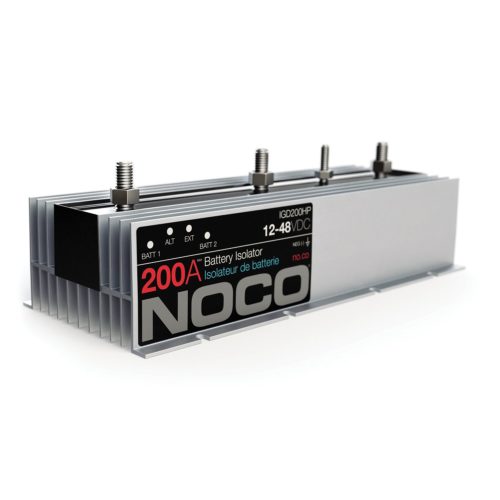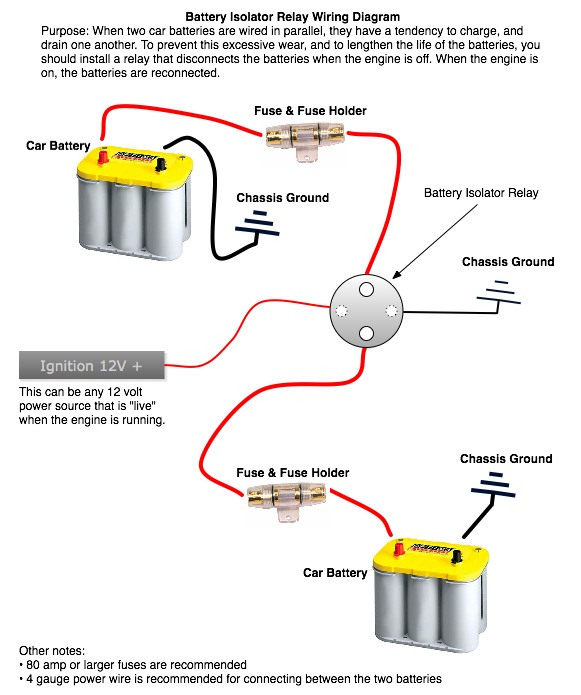

Cycling lead acid batteries wears them out, causing sulfation of the negative electrodes. This is different to a starting battery, which needs to deliver high currents for short periods, but does not get depleted or cycled significantly. That is, discharged at slow to moderate currents for long periods of time and then recharged. Types of BatteriesĪn auxiliary battery is most likely going to be cycled. That battery will supply more current under discharge as its voltage will not drop as much. A larger battery or a battery with less internal resistance will sink more current when charging as it pulls down the charging voltage. When connected in parallel, batteries do not need to be exactly matched, as charge and discharge current will naturally distribute between them according to their capacity. All lead acid batteries behave fairly similarly. Batteries arranged in banks work best if they are matched, so that they have matched voltage profiles and charge / discharge at the same rates, but this is not absolutely necessary. Wherever you see “second battery” or “auxiliary battery” you can replace it with a bank of batteries. A bank of batteries in parallel behaves the same as one large battery. For the purpose of simplicity, this article will refer to only one auxiliary battery. Whether there are one or more auxiliary batteries, and whether they are installed in the vehicle, under the bonnet, in the passenger cabin, in the tray, in a trailer or in a caravan, does not effect the design arrangements outlined in this article. Dual battery systems are common in touring vehicles set up for camping, fishing and travelling around the outback. The arrangement provides additional battery capacity to allow appliances like fridges and lighting to be powered, and prevents these appliances from loading the starter battery, ensuring your engine will start even after lengthy use of the appliances. Dual Battery SystemsĪ dual battery system is where one or more auxiliary batteries are installed in addition to the standard starter battery of a car, 4WD or motorhome. This guide gives you the info you need to pick your compromise. All designs should be checked and installed by a qualified auto-electrician.Įvery design is a compromise. All wiring should be done according to equipment datasheets and manuals. The drawings are not wiring diagrams, they are schematics showing topology only.
#Jeep battery isolator relay single battery how to
The purpose is to explain different solutions to this design problem (good and bad) and identify what equipment would suit your application and how to arrange them in your design. It is not recommending which setups are good or bad. It is not a guide on how to actually wire up equipment, terminate cables, use a soldering iron etc. Need help deciding how you’re going to power your beer fridge? This is a design guide for 12V systems or dual battery systems used in vehicle setups for touring and camping. Why You Shouldn’t Support Mandatory Vaccinations

Mainly used in off-road vehicles, camper vans, RVs, caravans, 4x4s, leisure vehicles, ships, yachts, marine applications, etc.Design Guide for 12V Systems – Dual Battery Systems, Solar Panels and Inverters


 0 kommentar(er)
0 kommentar(er)
